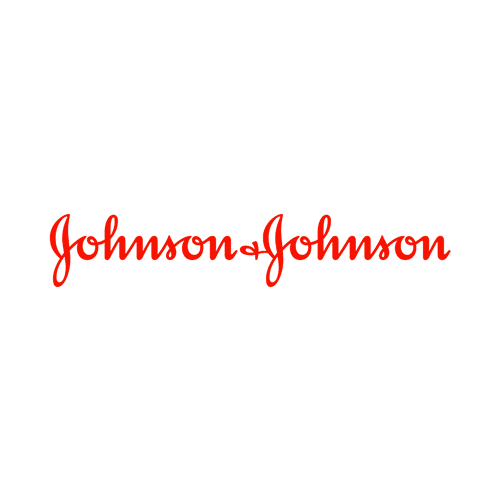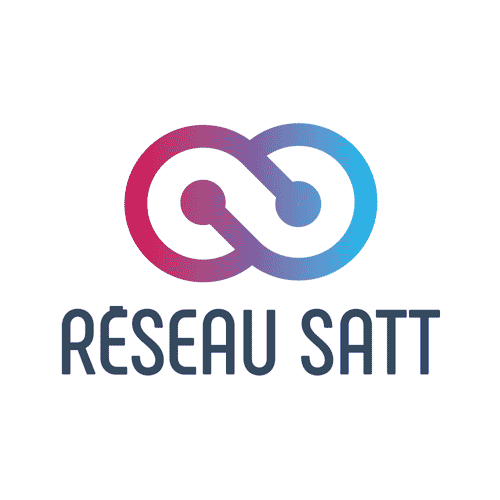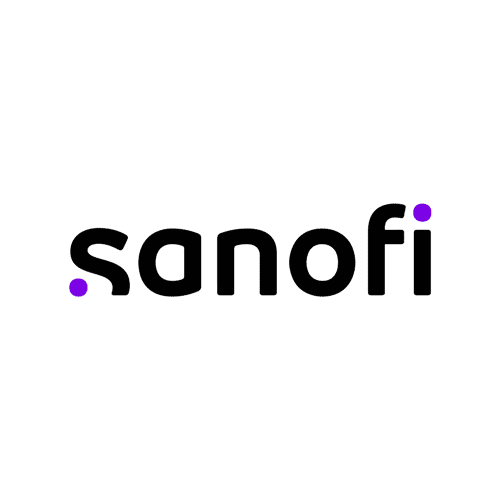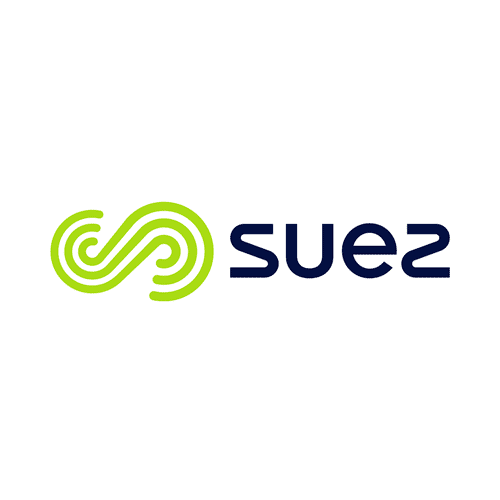
Benchmark

Identify best practices or situate yourself in your target market
For more than 30 years, our specialized team has been supporting companies in carrying out benchmarks aimed at identifying the best practices implemented by other players in a similar situation or for comparison purposes in order to situate the company in its market environment.
They trust us

















The key success factors of a benchmark
Benchmarking work varies greatly depending on the company’s specific objectives and the nature of the desired information. However, regardless of company specificities, successful benchmarking relies on several key factors:
Whether it’s an exploratory or a comparative benchmark, it’s essential to define clear objectives before getting started. To identify best practices in a given sector? To understand positioning against the competition? To improve process performance? Defining the benchmark’s objective will allow for the tailoring of the level of information needed to find and identify the right targets and comparable.
What is the specific objective of my benchmark? What elements need to be investigated in order to meet my objective?
The key to a successful benchmark is to target companies with similar or comparable practices to those of the company requesting the benchmark, even though the sector of activity investigated may be different. Indeed, the aim of benchmarking is to provide information that can ultimately be integrated to your own environment. It is therefore crucial that the organizations studied are similar in terms of size, market, culture, etc.
It is also important that the benchmark targets are known as the best performers in their field, to ensure the relevance of the information gathered.
How should targets to investigate be selected? What selection criteria should be defined? How many players should be included in a benchmark?
This is both difficult and a necessity in benchmarking! The investigation of the different targets must yield a level of information that is sufficiently robust to guarantee the reliability and transposability of the results. The methodology to be implemented for a benchmark must therefore aim to draw comparisons between the targeted players and mix investigative techniques (literature analysis, targeted and varied interviews, study trips, etc.) to ensure the relevance of the data collected.
What methodological approach should be adopted for my benchmark project? At what point can I consider the data collected to be reliable?
How our team can support you to create a benchmark
Alcimed supports its clients in the exploration of their uncharted territories, which often leads to the question: have others already done so? If so, how? The benchmark is there to answer it! Beyond an exploratory aspect to inspire, our team also carries out benchmarks with the objective of a comparative analysis, allowing our clients to situate themselves in their market environment with respect to their competitors.
What they say


"The benefit that really Alcimed brought to the table was to have an expert intermediary to take us through the process to really challenge our thinking."
Mark TWYMAN
Senior VP and Chief Commercial Officer
Examples of recent benchmarks carried out for our clients
Competitive benchmark: reorganization of the medical affairs department of a pharmaceutical laboratory
For a leading pharmaceutical player who wanted to reorganize its medical affairs department by specialty, Alcimed carried out a benchmark of the organizational and operational models of medical affairs in the pharmaceutical industry.
Our team studied and analyzed existing models in others companies in terms of governance, structure, operational functioning, roles and responsibilities within their companies.
This benchmark exercise allowed us to identify the different possible models for our client, to understand the key success factors and the pitfalls and traps inherent to the evolution of medical affairs by therapeutic areas, and to recommend the best way to build the new medical affairs team of our client.
Benchmark analysis: study of innovative business models
We worked with a leading player in the animal health sector who wanted to imagine new business models in connection with new services to be developed. We organized an “inspiration” workshop bringing together players from different sectors such as Butagaz, Xerox, Samsung and Somfy.
This workshop comprised 2 steps: the first one consisted in better understanding the history, the good practices and the key success factors of these inspiring companies’ models, and the second one consisted in co-constructing with our client the most adapted model to their case.
Our approach enabled our client to draw inspiration from other non-competitive players to define an innovative business model that would differentiate themselves from existing models.
External benchmark: analysis of digital customer communities for an energy player
For a leading energy player, we assessed the feasibility of developing a virtual customer community to promote energy efficiency in French overseas territories.
To validate the feasibility and relevance of such a community, our team carried out a benchmark of 30 existing virtual communities and 10 inspiring initiatives in different sectors, identifying the associated good practices, the pitfalls to avoid and transposing them to our client’s issues.
Finally, we recommended our client get started and also oriented him on the platform design and on the partners required to implement this initiative.
Benchmarking of market offers: transition from a product sales approach to a solution sales approach
Our team supported a manufacturer of building materials to move from selling products to selling solutions/services, by integrating a training offer for craftsmen. In a context of transformation of the sector (arrival of a new generation of craftsmen, development of e-commerce, …), our client wanted to rethink its current sales approach to modernize it and ensure its growth.
Through field research, including benchmarking existing offers and models on the market, our team was able to co-construct with our client a new service offering and a roadmap for the creation of these services.
In the end, our client was able to reach the targeted end-users and maintain its growth in a declining market on the traditional product-centric offer.
Benchmark analysis of business models for the transition to a new value proposition
A company in the pharmaceutical sector was looking to make the transition to a new value proposition, likely to induce profound changes in its sales functions.
We helped them broaden and challenge their current vision by exploring existing market models, notably through a competitive benchmark, and by analyzing their customers’ needs and expectations.
Our team organized several workshops with our customer’s teams, resulting in a complete set of specifications for the future business and the associated roadmap for the upcoming transition.
Benchmarking of hospital-at-home (HAH) projects to support a hospital in opening HAH beds
Our team carried out a study on the feasibility and structuration of a university hospital’s project to open HAH beds in its oncology department.
This study was accompanied by the formalization of compelling business case with the aim of convincing the authorities of the project’s relevance. To this end, our team carried out a benchmark inspirational of other HAH projects set up in the country to guide our client in structuring his project, and to provide the authorities with similar cases of successful projects.
This project also enabled our client to target the most relevant financing and support levers for his project.
Benchmarking of artificial intelligence solution providers for a leading chemical company
Alcimed carried out a benchmark of several artificial intelligence solution providers as part of an acquisition project led by a leading company in the chemical sector.
Our customer wanted to ensure that the potential targets were relevant to their sector of activity, with more information on their solutions.
In this way, our team carried out a benchmark and a detailed analysis of the targeted suppliers and their solutions, enabling our customer to obtain a global vision of the targets relevant to his acquisition project, and in fine make an informed decision.
Competitive benchmark: competitive analysis to prepare the launch of a new medical device in China
Our team supported a medical device player in preparing the launch of one of its products on the Chinese market. In order to finalize its launch roadmap, and to validate its market positioning, our client called on our team to conduct a market study on competing offers in China.
To do so, our team conducted an in-depth bibliographic review, complemented by interviews with buyers and users of medical devices such as our client’s, in order to gather their knowledge of the current market offering and their expectations with regards to a new solution entering the market. Our market study enabled our client to refine the positioning of its product and finalize its targeting plan and launch sequence.
Realization of a benchmark in the field of cybersecurity for a player in the aeronautics industry
As part of a response to a call for tenders, Alcimed assisted an aeronautical company in carrying out a competitive analysis in the field of cybersecurity, in order to help it position itself better in relation to its competitors.
Based on a comprehensive literature review, we defined the criteria that would make a company a threatening competitor, then analysed the main competitors on this basis. We also monitored other relevant players with whom potential alliances could prove strategic.
A cross-analysis of the information and a comparison of the competitors on different criteria finally enabled us to identify the most threatening players, their strengths and weaknesses, and ultimately to adapt our client’s response strategy to the call for tenders.
You have a project?
To go further
Founded in 1993, Alcimed is an innovation and new business consulting firm, specializing in innovation driven sectors: life sciences (healthcare, biotech, agrifood), energy, environment, mobility, chemicals, materials, cosmetics, aeronautics, space and defence.
Our purpose? Helping both private and public decision-makers explore and develop their uncharted territories: new technologies, new offers, new geographies, possible futures, and new ways to innovate.
Located across eight offices around the world (France, Europe, Singapore and the United States), our team is made up of 220 highly-qualified, multicultural and passionate explorers, with a blended science/technology and business culture.
Our dream? To build a team of 1,000 explorers, to design tomorrow’s world hand in hand with our clients.
A benchmark aims at identifying good practices implemented by other actors in a similar situation. It is a matter of analyzing successes but also failures, in order to draw useful lessons in terms of do’s and don’ts. It is therefore above all an inspirational approach, on subjects as varied as organizational models, tools, business models, transformations of all types, technologies, services, etc.
There are three main types of benchmark: internal, competitive and strategic.
- Internal benchmarking is carried out within the company itself, and mainly applies to large organizations. The aim is to compare performance and practices between different departments.
- Competitive benchmarking involves the collection of data on other companies from the same sector of activity. It is widely used by companies to fine-tune a brand strategy or the marketing positioning around an offer.
- Strategic benchmarking allows companies to identify the winning strategies used by successful companies in other sectors in order to apply these methods to their own strategic approach.

